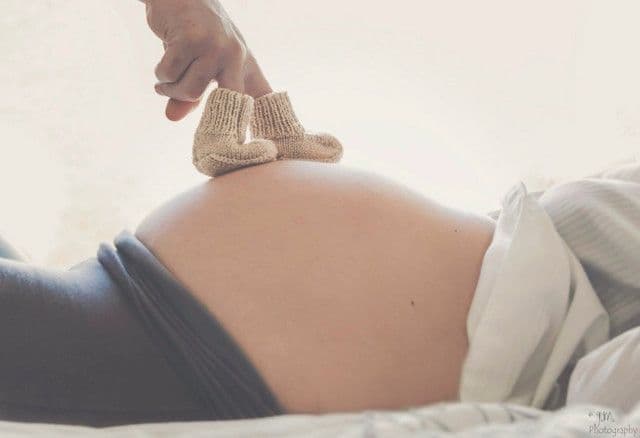In-Vitro Fertilization (IVF): What Is It?
IVF
Obie Editorial Team

What is IVF?
IVF or in-vitro fertilization is defined as a procedure when eggs are removed from the ovary, fertilized outside the body and then implanted into the uterus. IVF stands for "In-Vitro fertilization." Fertilization, the joining of the egg and the sperm, occurs normally within the fallopian tube, which connects the uterus (womb) to the ovary. In IVF, fertilization occurs outside the body, in a laboratory after eggs and sperm have been collected. The fertilized eggs, called embryos, are then transferred several days later (usually 3 or 5 days later) to the uterus to continue growth. The IVF and embryo transfer sequence consists of several steps:
Step 1: Monitoring of the cycle
The development and the ripening of the egg(s) in the ovaries are closely monitored with ultrasound and blood tests.
Step 2: Ovulation induction
Medication is given to increase the number of eggs developing in the ovaries (hyperstimulation).
Step 3: Follicular aspiration
Shortly before the eggs burst out of the follicles (timing is crucial because the egg will not develop properly if it is collected too early or too late), a hollow needle guided by ultrasound is placed into the follicle and eggs are gently removed from the ovaries. This is called "follicular aspiration."
Step 4: Obtaining the sperm
Sperm is obtained and collected through masturbation. Alternatively, sperm can be aspirated with a needle from the testes.
Step 5: Insemination
Eggs and sperm are mixed together in the laboratory in a procedure called insemination. Alternatively, if there is a sperm issue, a procedure called ICSI (intracytoplasmic sperm injection) is done where sperm is directly injected into the egg.
Step 6: Observation
The fertilized egg is observed in a special environment for 2-6 days. During this time it changes according to a timetable:
Timetable after insemination
- Day 0: Egg retrieval; Sperm collection and preparation; Insemination
- Day 1: Check eggs for fertilization (the presence of two pronuclei or PN's)
- Day 2: Embryos at the 4-cell or more stage of development
- Day 3: Embryos at the 8-cell or more stage of development
- Day 4: Embryos at the compacted morula (16-32 cell) stage
- Day 5: Embryos at the blastocyst stage of development
Step 7: Uterine transfer
When the embryo has reached a 2-4 cell stage or more, the fertilized egg or the embryo is then transferred into the uterus. This is usually done through a speculum examination where a catheter is placed inside the uterus through the cervix. How many embryos are transferred depends on the indication, quality of the embryos, and the woman's age.
| Related Topics | Tests for Him |
Indications for in-vitro fertilization (IVF)
There are many reasons to do IVF in-vitro-fertilization or ART assisted reproductive technology. Based on the 2017 ART data by the CDC, here are the main reasons for ART:
- DOR (diminished ovarian reserve): 32%
- banking: 31%
- male factor: 28%
- other infertility: 23%
- ovulatory dysfunction: 15%
- tubal factor: 11%
- Preimplantation genetic testing: 11%
- unexplained reason: 11%
- endometriosis: 7%
- uterine factor: 6%
- recurrent pregnancy loss: 4%
- other non-infertility: 3%
- gestational carrier: 1%
Read More










